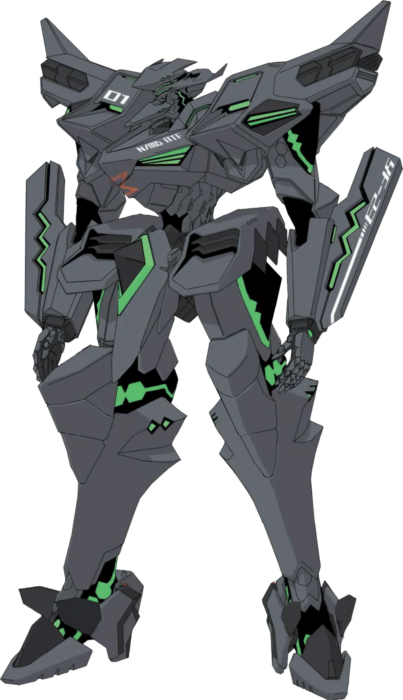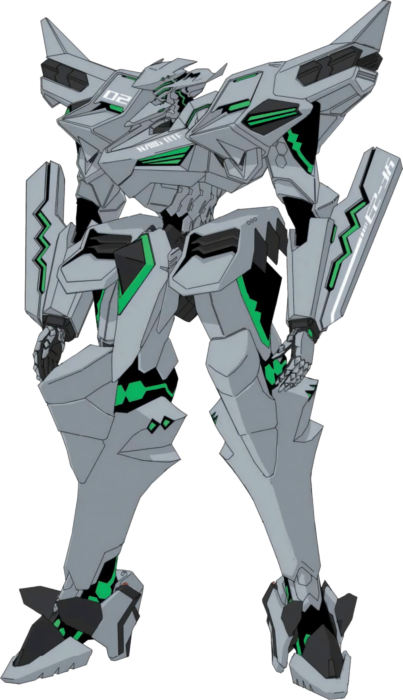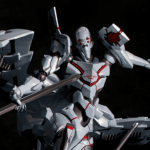
Mecha Profile: YF-23 Black Widow II – Muv-Luv Alternative
Absolute supremacy on the battlefield against absolutely any threat – such is the motto of the United States during the BETA war. After the deployment of the 2nd-generation TSF, the U.S predicted that the BETA war would soon draw to a close, and that the political and economical landscape that will be left require a force that can take on humanity’s new weapon – the TSF. Therefore, the U.S began shifting to a new development plan, which gave birth to the 3rd-generation YF-23 Black Widow II.

I. Development History:
– In 1982, the 2nd-generation F-14 Tomcat commenced deployment. Having witnessed the power of the 2nd-gen craft, Lieutenant-General Lloyd Vandenburg of the US Army predicted that the BETA will be eradicated within a few decades and that the BETA war would end. And after the dust settle, the US would need a new military force that is superior to other nations, as well as focusing on gathering G-element from BETA Hives to gain an edge in the space race. In 1983, the Advance Tactical Surface Fighter (ATSF) Program was started, in order to develop a new unit that is focused on both anti-BETA and anti-human combat.
– With that, the U.S Army submitted the ATSF Program (Advance Tactical Surface Fighter) for a new generation of TSF. Other than the usual anti-BETA capabilities, the new features required of the next-gen craft included:
> The ability to engage in combat with existing man-made weapon, including TSFs (anti-human ability)
> An advance first-look, first-kill ability (detect the enemy first and finish the enemy unit before they can do anything)
> Stealth abilities from electronic equipment to reduce detectability.
> High speed cruising with low fuel consumption and long distance flight
– The program then ended up with two candidates: Northrock and McDaell’s YF-23 and Lockweed’s YF-22. During combat trials, the YF-23 was slightly superior thanks to its better close-quarter combat ability and slightly superior stealth. As combat between two stealth crafts usually ended up in close-range dogfighting due to difficulties locating distant enemies, the YF-23 provided better result during 40 mock combat matches over 2 weeks, with 18 wins, 14 losses, 5 draws and 3 uncounted matches. For anti-BETA combat, the YF-23 was also superior during JIVES simulations, producing higher kill-count and deeper Hive infiltration percentage against its opponent. The victory of the YF-23 was all but a matter of time.
– However, despite superior results, the US Army chose the YF-22 Raptor over the YF-23 for the ATSF Program winner, much to all involved party’s surprise. The YF-22 was picked due to its longer cruising range and higher fuel efficiency, but also mainly due to its alignment with the US’ new combat doctrine of using G-Bomb instead of sending TSF into battle against dense BETA combat. In this scenario, the YF-23’s “over-engineered” capabilities worked against it due to high procurement cost and maintainability. Starting from the ATSF program, the US also implemented a ban on exporting advance TSF technology, as they do not want to reveal their stealth tech and other anti-TSF capabilities. The plan to market the YF-23 to foreign nations went under immediately.
– After losing in the program, the YF-23’s fate was sealed inside a hangar in the Dryden Flight Research Center at Edwards Air Force Base and were given the nickname “the most expensive piece of scrap in the world” after getting most of its electronics and equipment stripped off. After some time, the unit was restored visually to be displayed in museums for public viewing. It is unclear how long they were on display. However, in July 1993, the 2 YF-23 units were reassembled and restored and flown a covert operation in Murmansk. The details of the op is unknown, aside from it being an extraction mission.
– In 1982, the 2nd-generation F-14 Tomcat commenced deployment. Having witnessed the power of the 2nd-gen craft, Lieutenant-General Lloyd Vandenburg of the US Army predicted that the BETA will be eradicated within a few decades and that the BETA war would end. And after the dust settle, the US would need a new military force that is superior to other nations, as well as focusing on gathering G-element from BETA Hives to gain an edge in the space race. In 1983, the Advance Tactical Surface Fighter (ATSF) Program was started, in order to develop a new unit that is focused on both anti-BETA and anti-human combat.
– With that, the U.S Army submitted the ATSF Program (Advance Tactical Surface Fighter) for a new generation of TSF. Other than the usual anti-BETA capabilities, the new features required of the next-gen craft included:
> The ability to engage in combat with existing man-made weapon, including TSFs (anti-human ability)
> An advance first-look, first-kill ability (detect the enemy first and finish the enemy unit before they can do anything)
> Stealth abilities from electronic equipment to reduce detectability.
> High speed cruising with low fuel consumption and long distance flight
– The program then ended up with two candidates: Northrock and McDaell’s YF-23 and Lockweed’s YF-22. During combat trials, the YF-23 was slightly superior thanks to its better close-quarter combat ability and slightly superior stealth. As combat between two stealth crafts usually ended up in close-range dogfighting due to difficulties locating distant enemies, the YF-23 provided better result during 40 mock combat matches over 2 weeks, with 18 wins, 14 losses, 5 draws and 3 uncounted matches. For anti-BETA combat, the YF-23 was also superior during JIVES simulations, producing higher kill-count and deeper Hive infiltration percentage against its opponent. The victory of the YF-23 was all but a matter of time.
– However, despite superior results, the US Army chose the YF-22 Raptor over the YF-23 for the ATSF Program winner, much to all involved party’s surprise. The YF-22 was picked due to its longer cruising range and higher fuel efficiency, but also mainly due to its alignment with the US’ new combat doctrine of using G-Bomb instead of sending TSF into battle against dense BETA combat. In this scenario, the YF-23’s “over-engineered” capabilities worked against it due to high procurement cost and maintainability. Starting from the ATSF program, the US also implemented a ban on exporting advance TSF technology, as they do not want to reveal their stealth tech and other anti-TSF capabilities. The plan to market the YF-23 to foreign nations went under immediately.
– After losing in the program, the YF-23’s fate was sealed inside a hangar in the Dryden Flight Research Center at Edwards Air Force Base and were given the nickname “the most expensive piece of scrap in the world” after getting most of its electronics and equipment stripped off. After some time, the unit was restored visually to be displayed in museums for public viewing. It is unclear how long they were on display. However, in July 1993, the 2 YF-23 units were reassembled and restored and flown a covert operation in Murmansk. The details of the op is unknown, aside from it being an extraction mission.
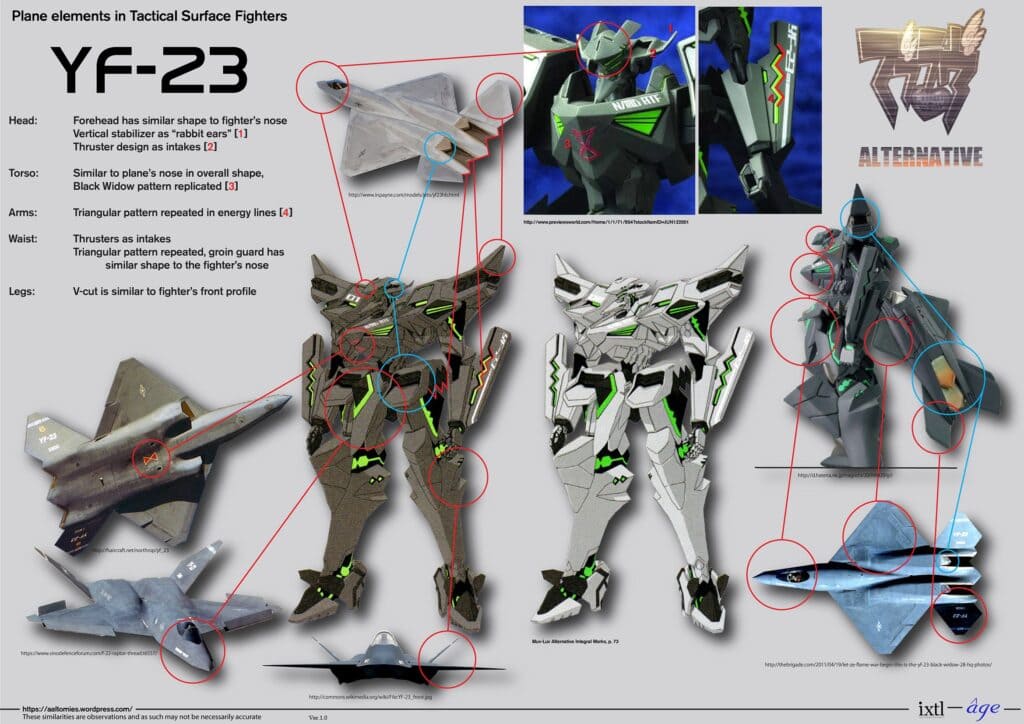
II. Technical Specs & Armaments:
– The YF-23 Black Widow II stands at 19.9-meter, utilizing two different sets of Jump Units: the General Electronics YFE-120-GE-100 and the Pratts & Witney YFE-119-PW-100. The Black Widow excels at close-quarter combat, since the statistics from the war has proven that sooner or later during a battle, the TSF will have to engage the BETA at close-range. Its mobility was also higher than the YF-22, despite both being developed from the F-15 Eagle, the Raptor and the Black Widow evolved along different branch – where as the Raptor possess superior cruising range and fuel efficiency.
– Despite possessing stealth capability, the YF-23 Black Widow is surprisingly well-armed. While the YF-22 still has the standard two Gun Pylons on the back, allowing for a total of 4 Assault Cannons, the YF-23 has not just two but six Mount Pylons. In addition to the standard two Pylons on the back, two additional Pylons have been added to each shoulders, allowing the craft to equip up to six weapons. This is in consideration of the ammunition issue when infiltrating deep into BETA territory. Meanwhile, the Raptor carries light, usually opting for 2 Assault Cannons.
– In terms of armaments, the YF-23’s innovative developers have designed a new melee weapon as well as Assault Cannon for the craft. The XCWIS-2B is a new melee blade exclusive to the Black Widow. It improved upon the Type-74 PB Blade(the Japanese blade) with a straighter design. The Assault Cannon is the XAMWS-24 with an increased in ammunition capacity – 30% for the 36mm rounds and 20% for the 120mm rounds. The weapon is also unique that it is equipped with a bayonet, providing extra melee capabilities. Furthermore, both the new experimental blade and cannon can be equipped on the same type of Mount Pylon – which is also a new design. Other TSF have to mount their blades and cannons on different Mount Pylons, the YF-23 removed that limitation and employ a modular mechanism. Unfortunately, like the craft itself, these weapons and pylons never entered mass-production.
– To take its close-quarter combat ability to the extreme, the multi-purpose storage sheath on each forearm can also be used to store close combat daggers (standard American model) or even equip Blade Motor or Super Carbon Blade Vanes as well as they are modular and detachable. In addition, the craft also has various blade vanes and armor spikes along its body to slice-and-dice smaller BETA strains should it need to.
III. Variants:
There were 2 prototypes of the Black Widow built for the ATSF Program. And later on they were completed as fully functional craft, despite not seeing much action.
There were 2 prototypes of the Black Widow built for the ATSF Program. And later on they were completed as fully functional craft, despite not seeing much action.
– YF-23 PAV-1 “Spider”: The first prototype unit of Northrock’s candidate for the ATSF Program. This model used the YFE120-GE-100 Jump Units
– YF-23 PAV-2 “Grey Ghost”: The second prototype unit of Northrock’s candidate for the ATSF Program. This model used the YFE119-PW-100 Jump Units
– YF-23N Black Widow: a variant of the YF-23 that only existed as a concept. After the loss, Northrock aimed to create a Navy version of the Black Widow. However, the Navy also felt similar to the Army in terms of TSF doctrine, hence they chose to replace their F-14 with the less-expensive but high-performance F-18 Hornet instead, dooming the plan for the Black Widow after only a brief review period.
IV. Trivia:
– The real-life YF-23 prototypes were named “Black Widow II” and “Gray Ghost” respectively. Muv-Luv adopted the name “Black Widow II” as the official designation of the TSF and made the first prototype the “Spider”.
– The YF-23 in real life is said to have lower manoeuvrability than the YF-22. However, in Muv-Luv it’s the opposite, with the Black Widow having superior mobility.
– The Mitsurugi Zaibatsu in the Extraverse of Muv-Luv also have an advance aircraft that looks identical to the YF-23 in real life.
– YF-23 PAV-2 “Grey Ghost”: The second prototype unit of Northrock’s candidate for the ATSF Program. This model used the YFE119-PW-100 Jump Units
– YF-23N Black Widow: a variant of the YF-23 that only existed as a concept. After the loss, Northrock aimed to create a Navy version of the Black Widow. However, the Navy also felt similar to the Army in terms of TSF doctrine, hence they chose to replace their F-14 with the less-expensive but high-performance F-18 Hornet instead, dooming the plan for the Black Widow after only a brief review period.
IV. Trivia:
– The real-life YF-23 prototypes were named “Black Widow II” and “Gray Ghost” respectively. Muv-Luv adopted the name “Black Widow II” as the official designation of the TSF and made the first prototype the “Spider”.
– The YF-23 in real life is said to have lower manoeuvrability than the YF-22. However, in Muv-Luv it’s the opposite, with the Black Widow having superior mobility.
– The Mitsurugi Zaibatsu in the Extraverse of Muv-Luv also have an advance aircraft that looks identical to the YF-23 in real life.
V. Gallery:

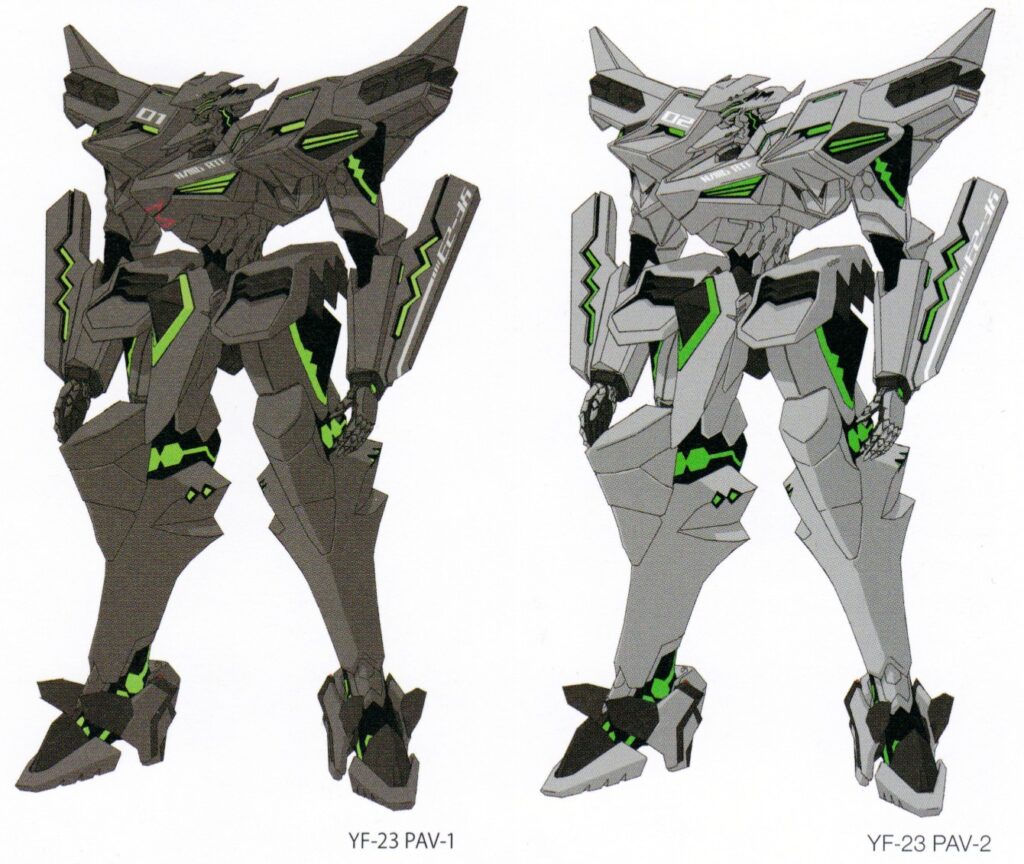
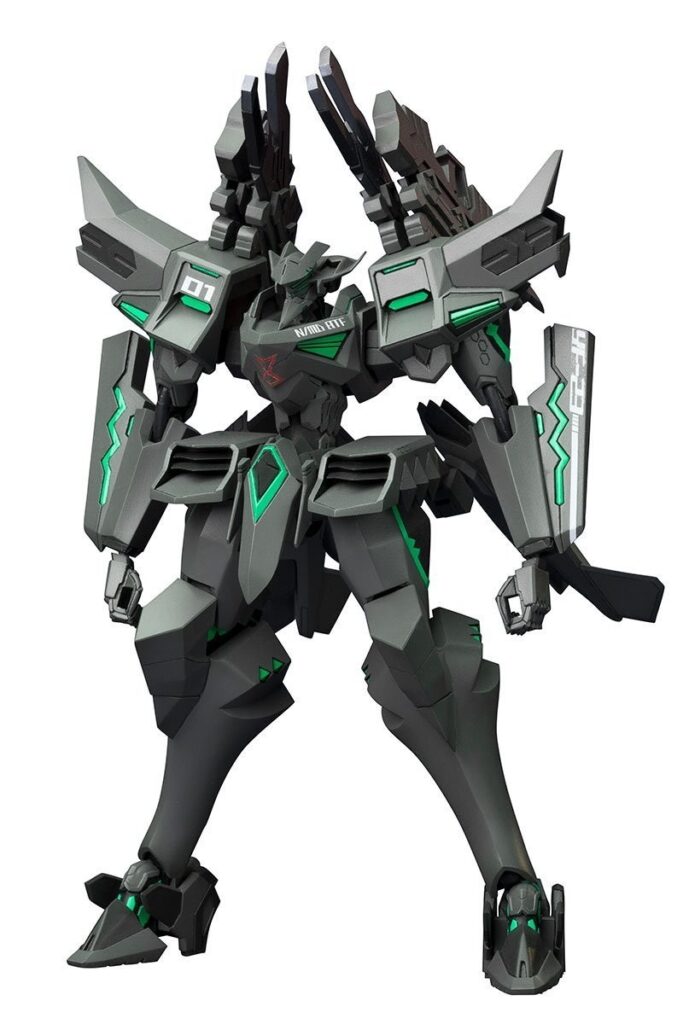
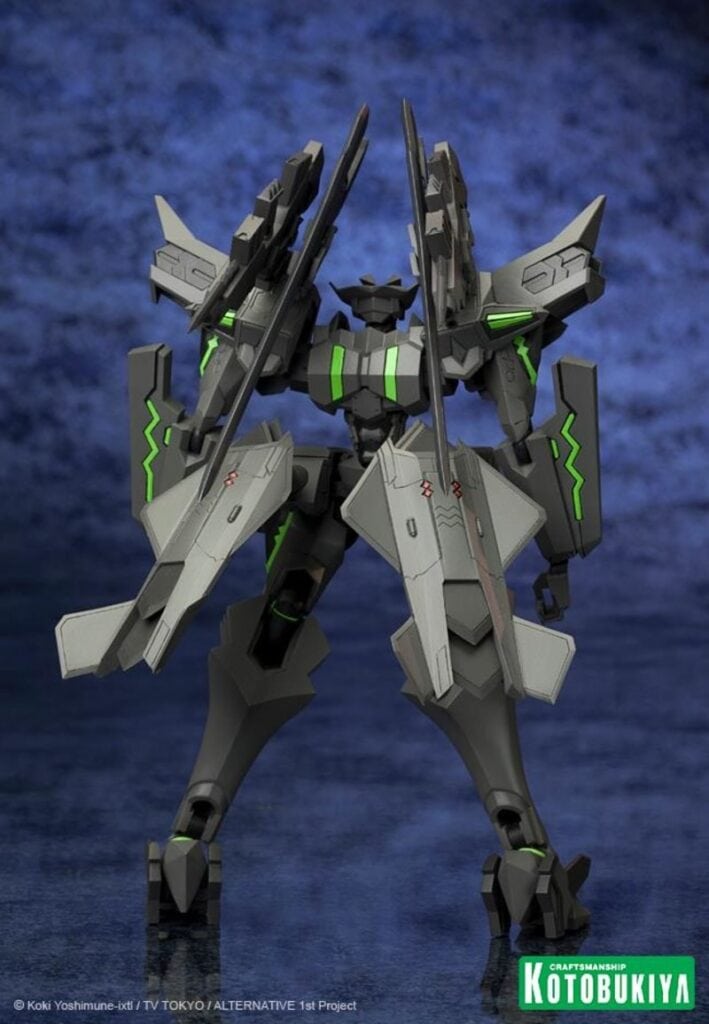
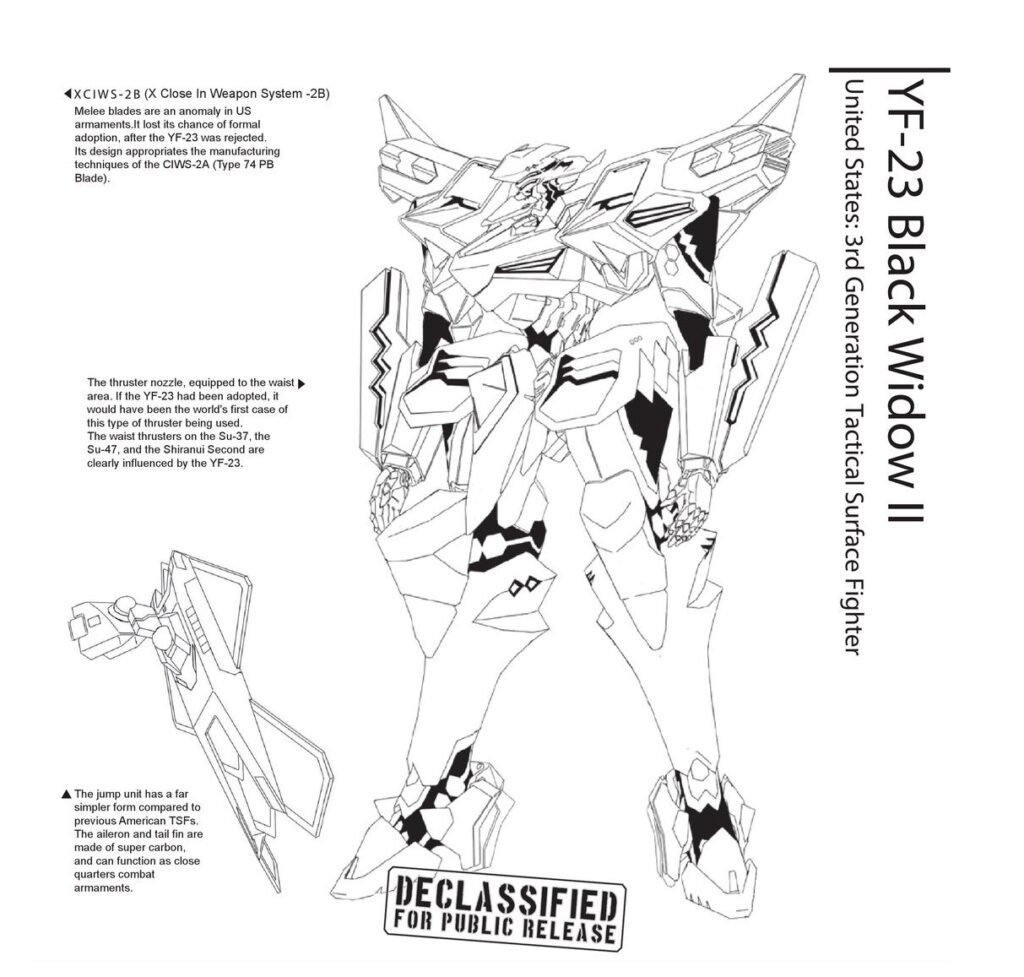
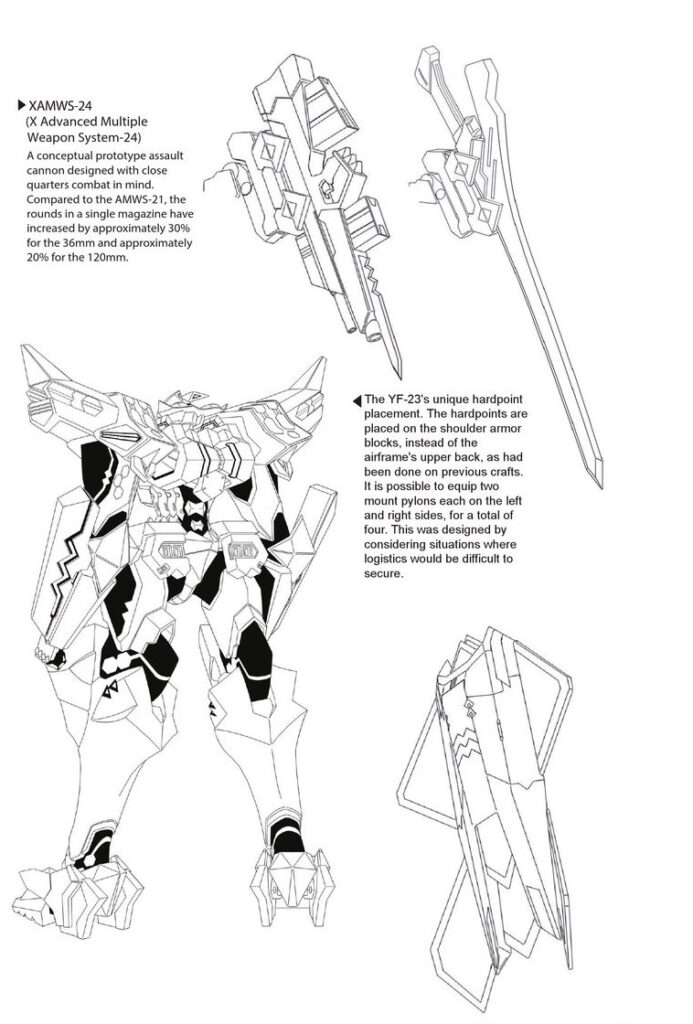
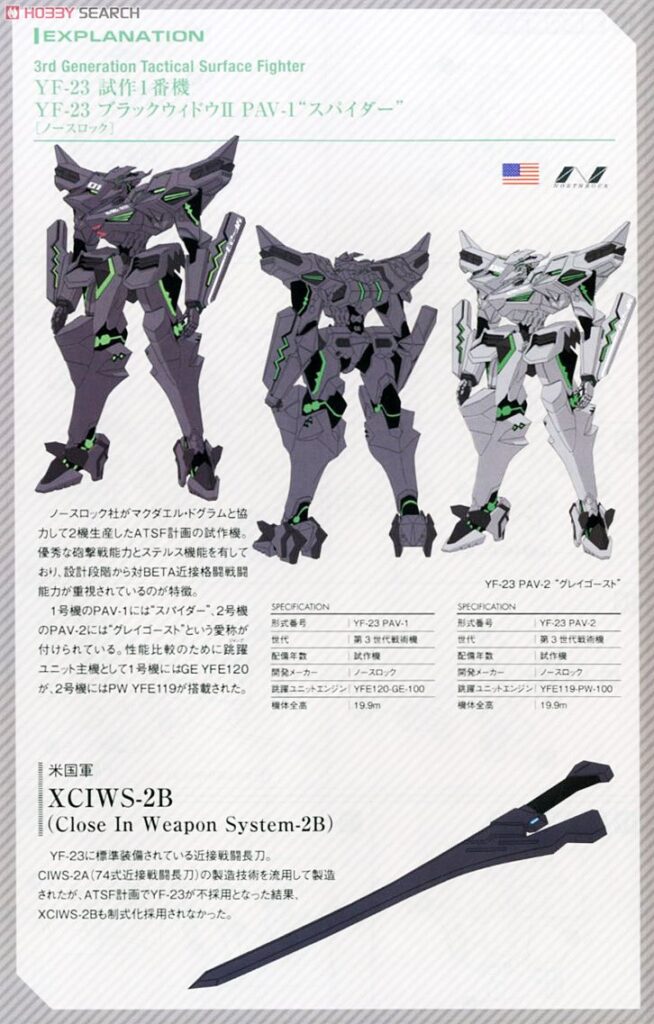
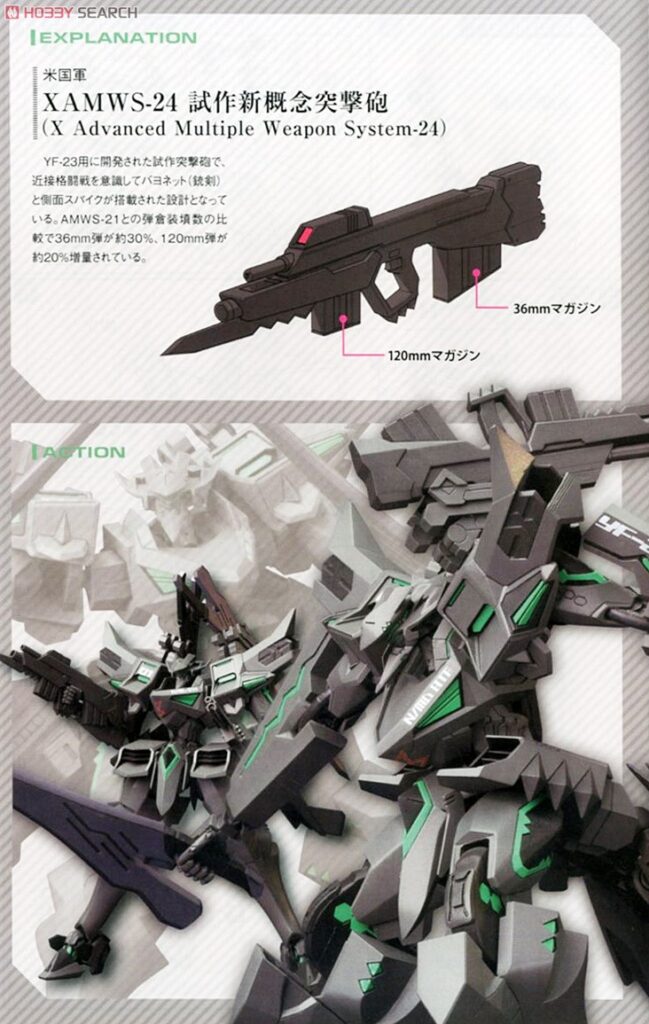
Swipe for more:
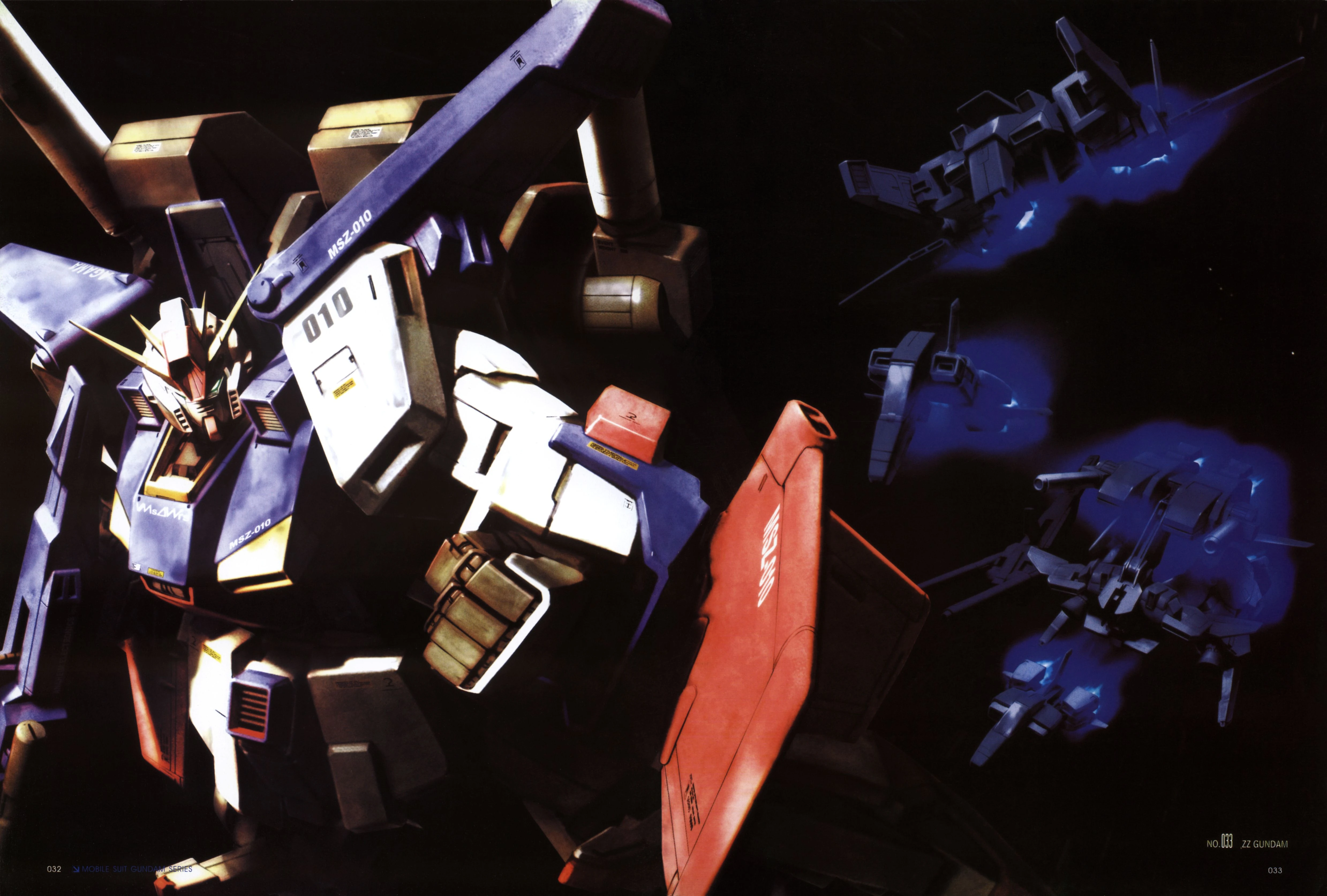
Mecha Profile: Gundam ZZ – ZZ Gundam
Power overwhelming! One of the main Gundam with the highest firepower pre CCA. The ZZ Gundam is an all-in-one combiner that was pivotal in the war against the Neo Zeon.
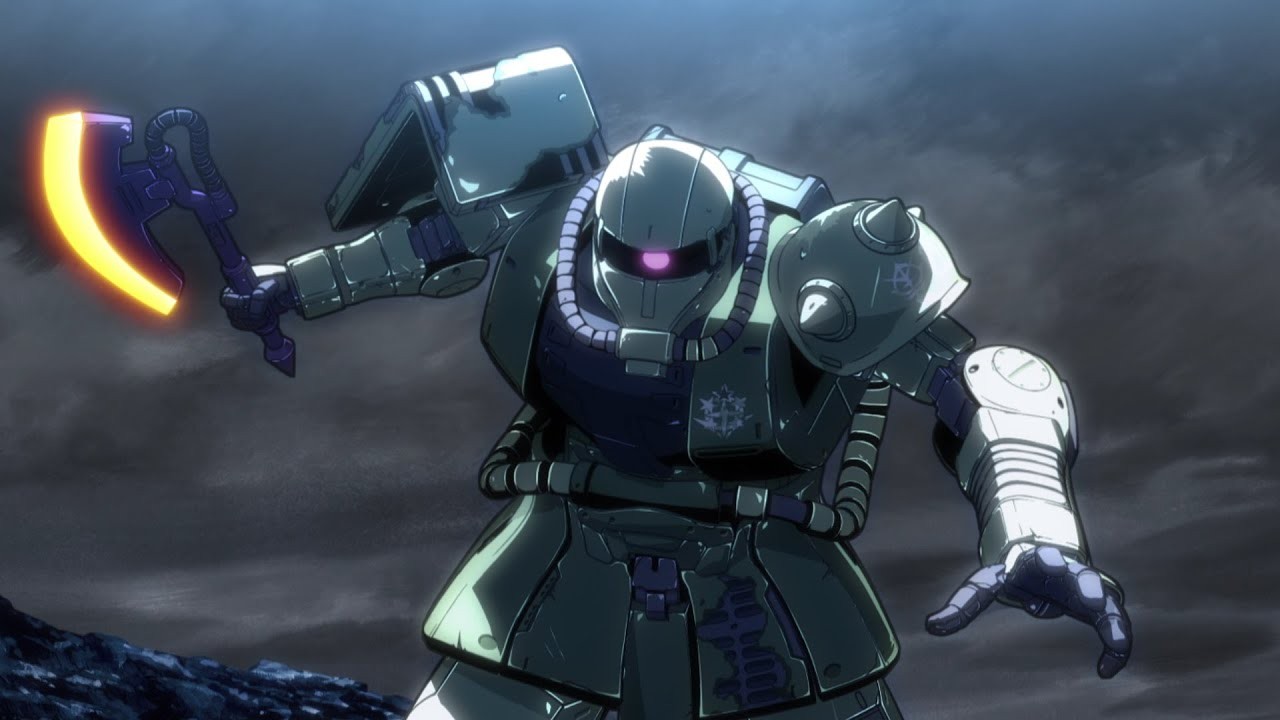
Mecha Profile: Gundam 0079 – MS-06 Zaku II
The backbone of the Principality of Zeon in the One Year War. The Zaku is not a super prototype, but its reliable performance has brought Zeon many victories – especially when Char Aznable pilot it.
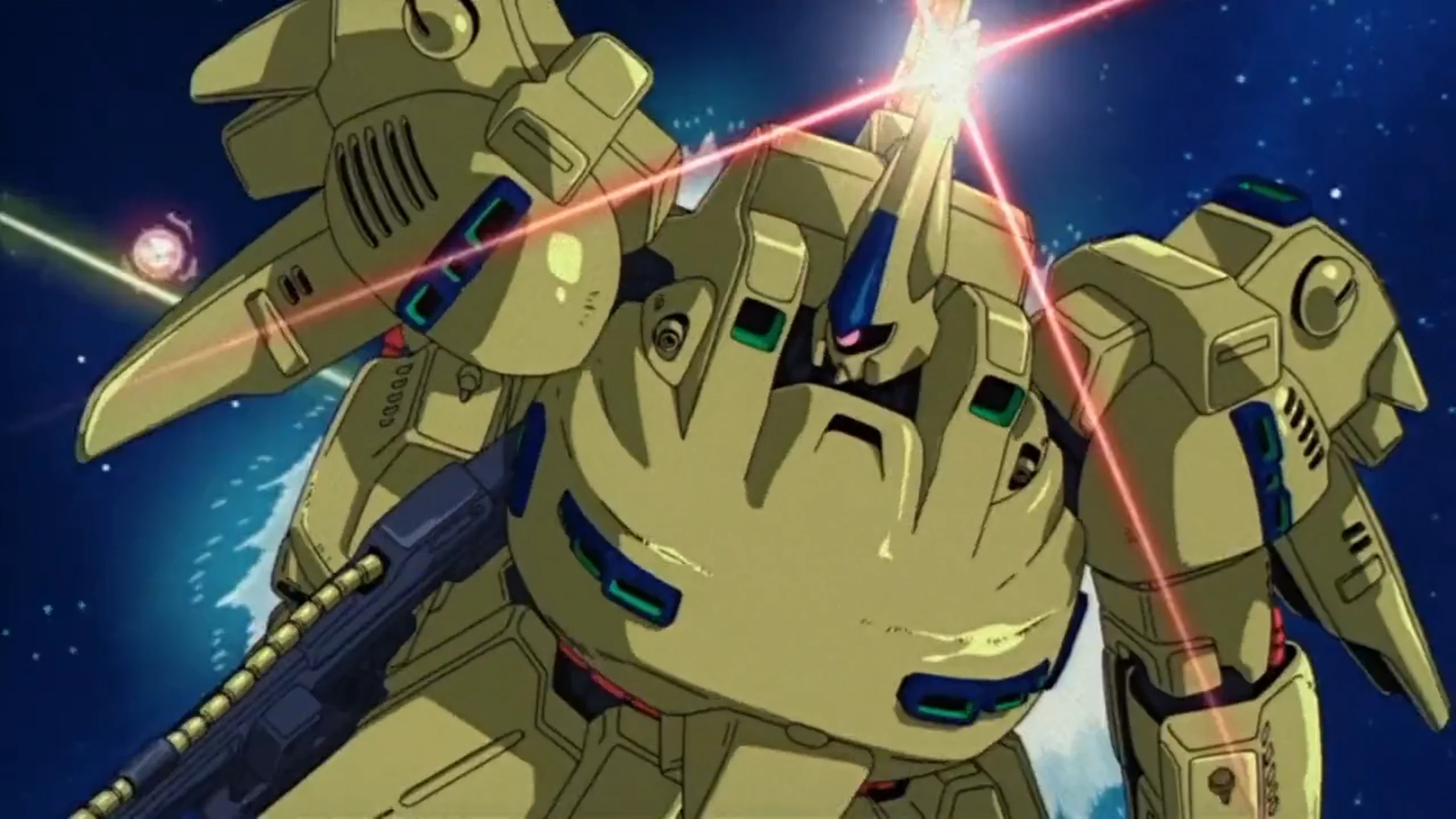
Mecha Profile: MS Gundam Zeta – PMX-003 The O
One of the most chonky bois to ever appear on screen. Piloted by the nefarious Scirocco, The-O is an impressive MS that is more agile than it looks.
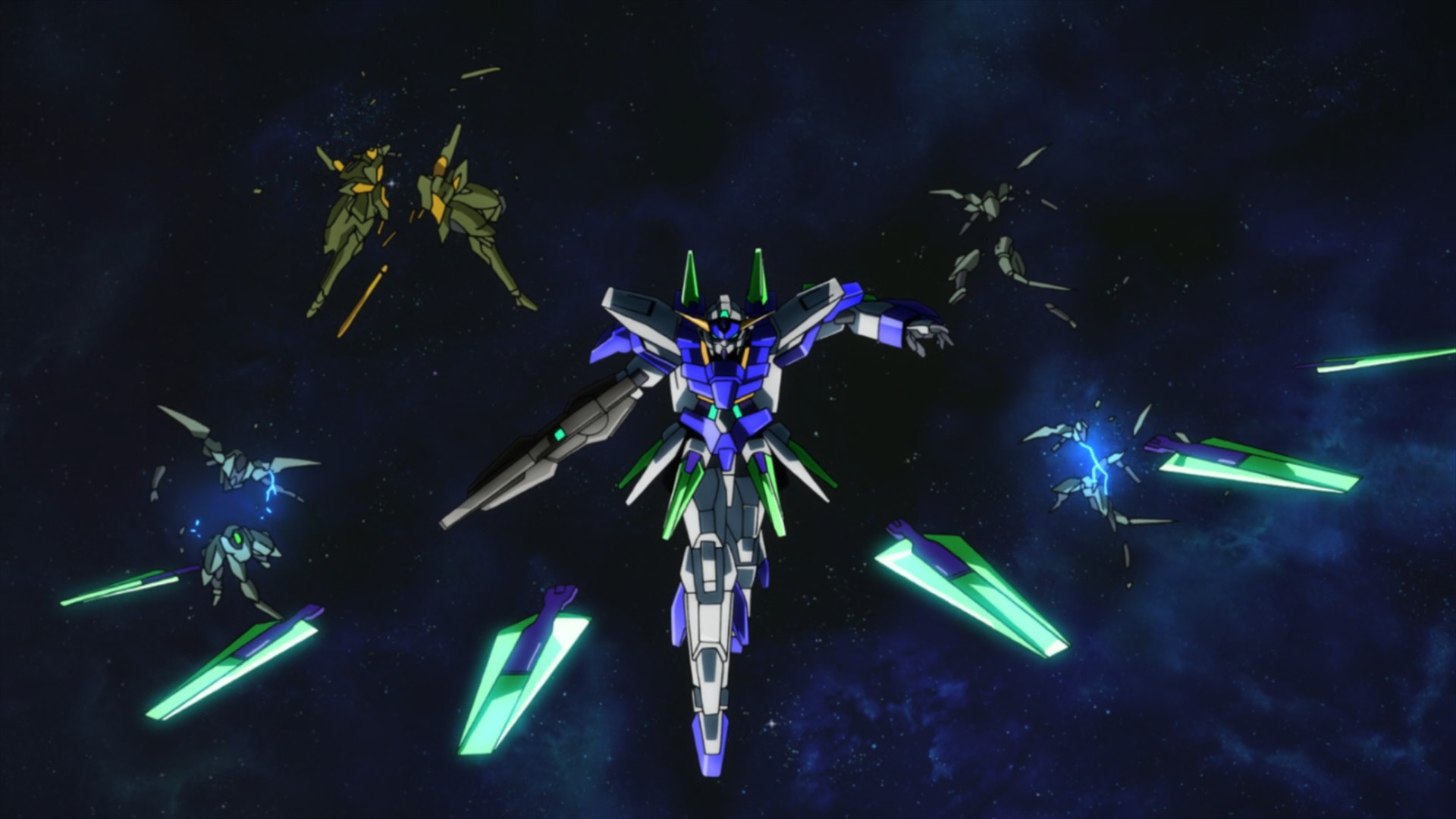
Mecha Profile: Gundam Age – Gundam AGE-FX
The ultimate evolution of the Age Gundams. The Age-FX can bring an X-Rounder’s ability to their maximum potential, featuring funnels that can wipe out fleets of enemy.
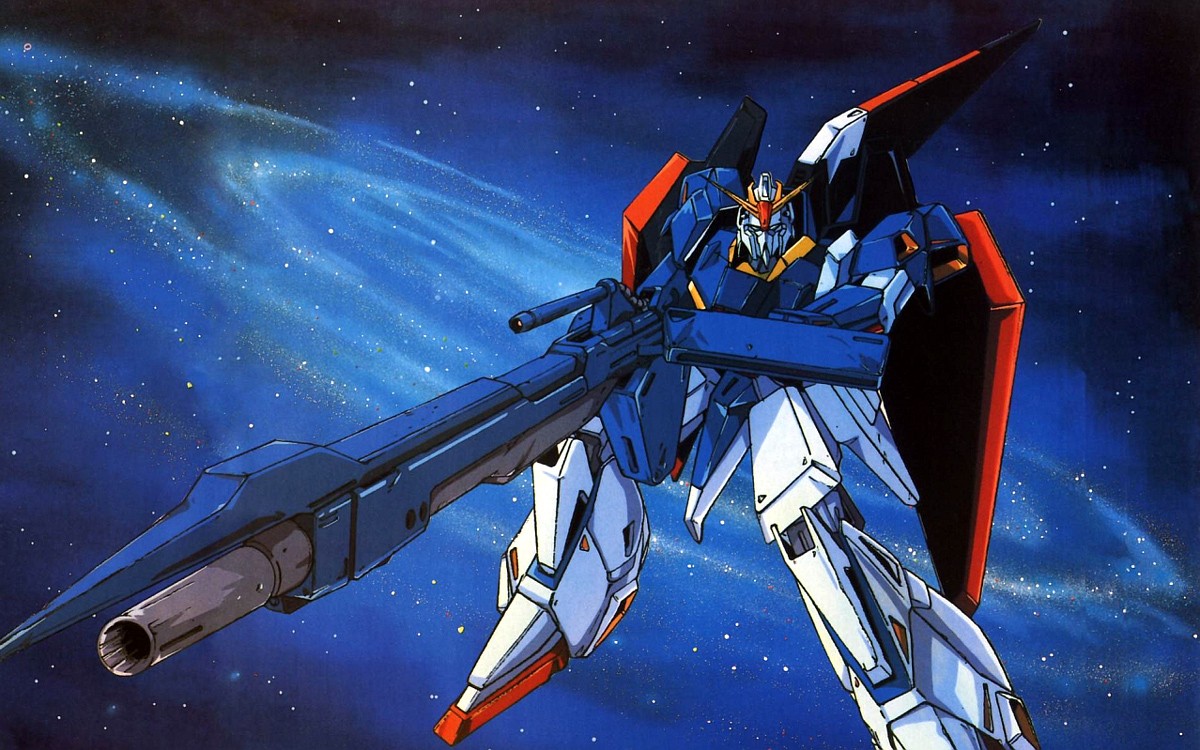
Mecha Profile: MS Gundam Zeta – MSZ-006 Zeta Gundam
The first transformable Gundam in the franchise. The Zeta Gundam is an iconic mobile suit that paved the way for many Gundams that come after.

Mecha Profile: Gundam Age – Gundam AGE-3
Another change in generation – the Age-3 Gundam continues to be the Asuno family’s ace in the hole, sporting all new gimmick and superior firepower.

Mecha Profile: Gundam 0079 – RX-78-2 Gundam
The grandfather of all Gundams – the RX078-2 is a super prototype that paved the way for the Federation’s victory. It is both feared and revered by all.

Mecha Profile: Gundam Age – Gundam AGE-2
The 2nd generation Gundam, the Age-2 is a straight upgrade with a heavy focus on high mobility and great firepower. A vital element in the war between the Federation and the Vagan.

Mecha Profile: Gundam Age – Gundam AGE-1
The first generation Gundam of the Advance Generation, the Age-1 Gundam is Flit Asuno’s most trusted partner and has served him for decades.
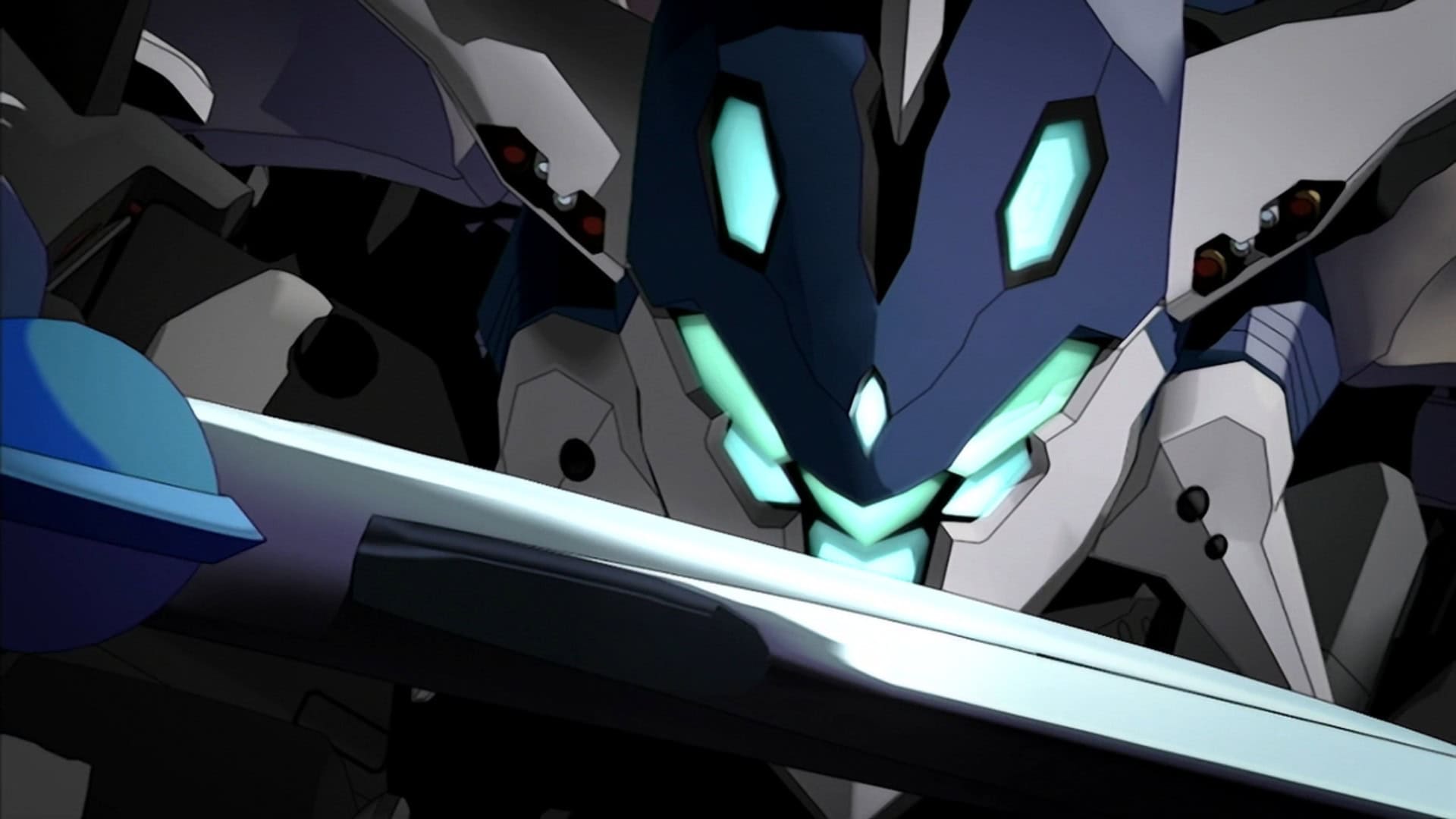
Mecha Profile: Aquarion Mars – Sousei no Aquarion
The swordsman of power – Aquarion Mars is the 3rd form of the triple-changer super robot. It is an elegant and agile knight excel in close combat using its sword.

Mecha Profile: Aquarion Luna – Sousei no Aquarion
Armed with the bow and arrow of the Moon, the Luna Aquarion is the 2nd form of the Mechanical Angel, focusing on ranged attack with deadly precision and elegance.
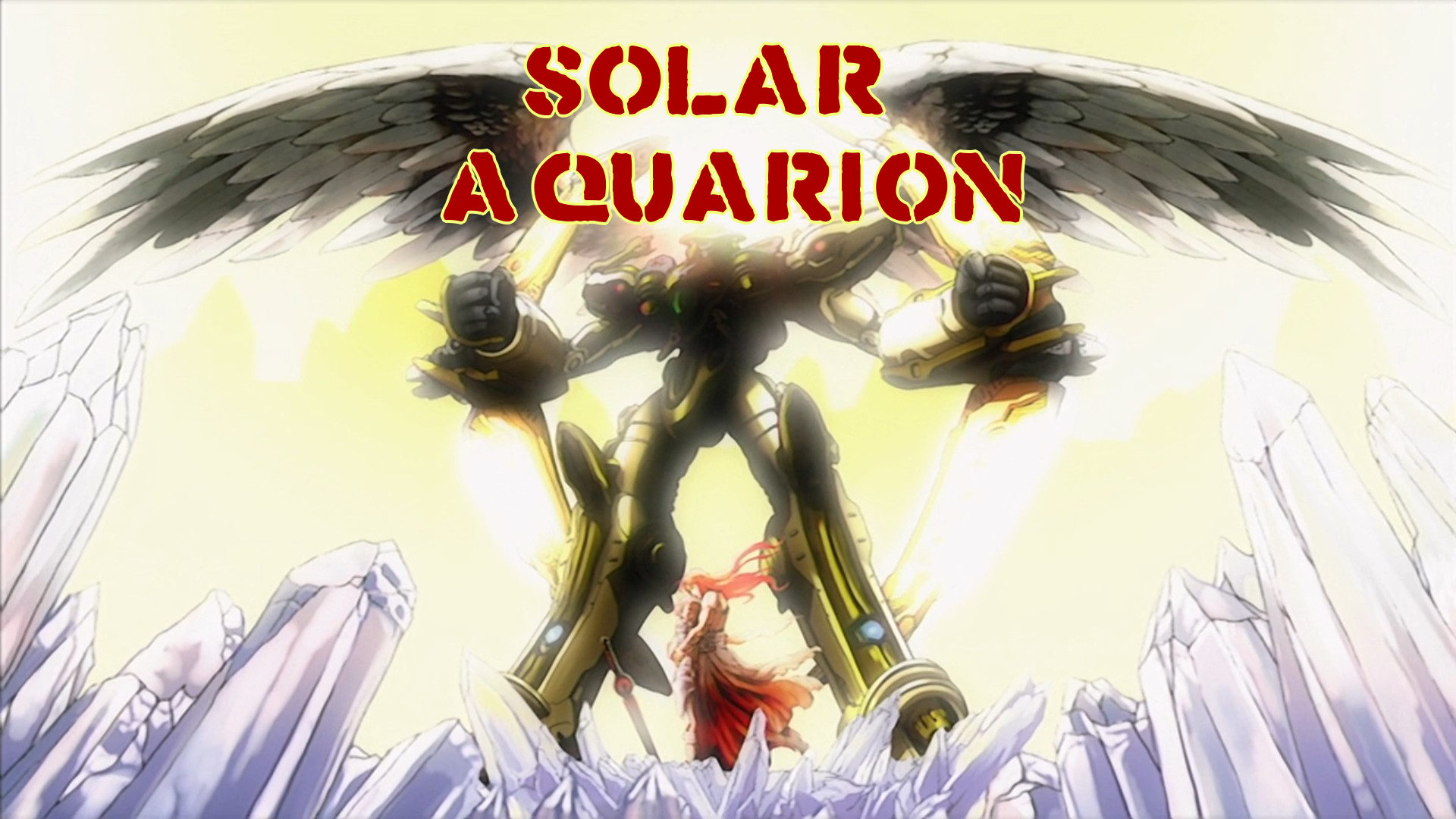
Mecha Profile: Solar Aquarion – Sousei no Aquarion
The shining wings of the Sun – the Solar Aquarion is a mechanical angel that stood on humanity’s side. Its infinite fist can reach the sky and..well…literally anything.
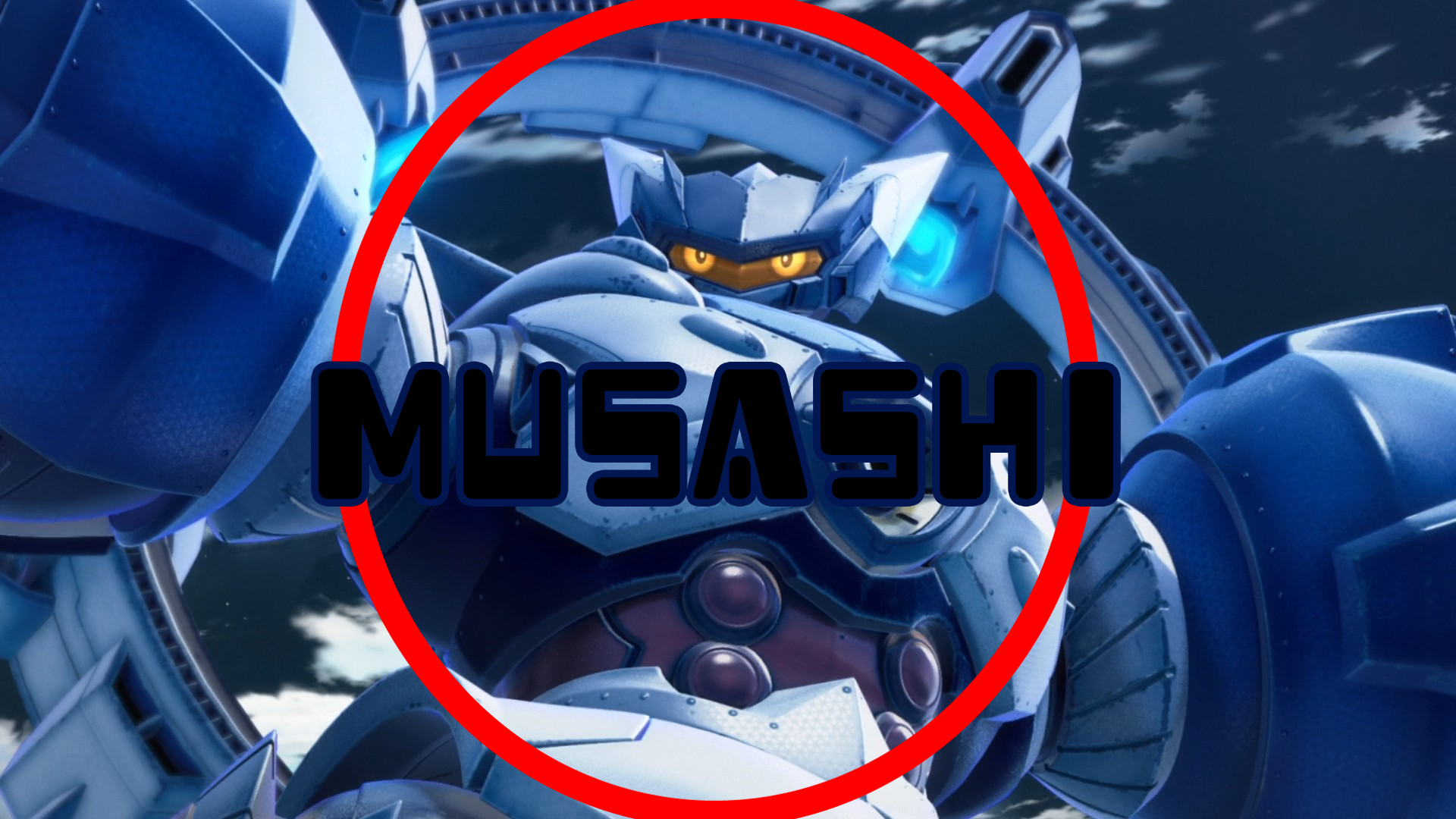
Mecha Profile: Megaton-Class Rogue Musashi-O – Megaton-kyuu Musashi
A twin unit of the Musashi, the Musashi-O is an experienced combat machine that helped Arshem to achieve her goal. A Megaton-class with a Megaton sass.
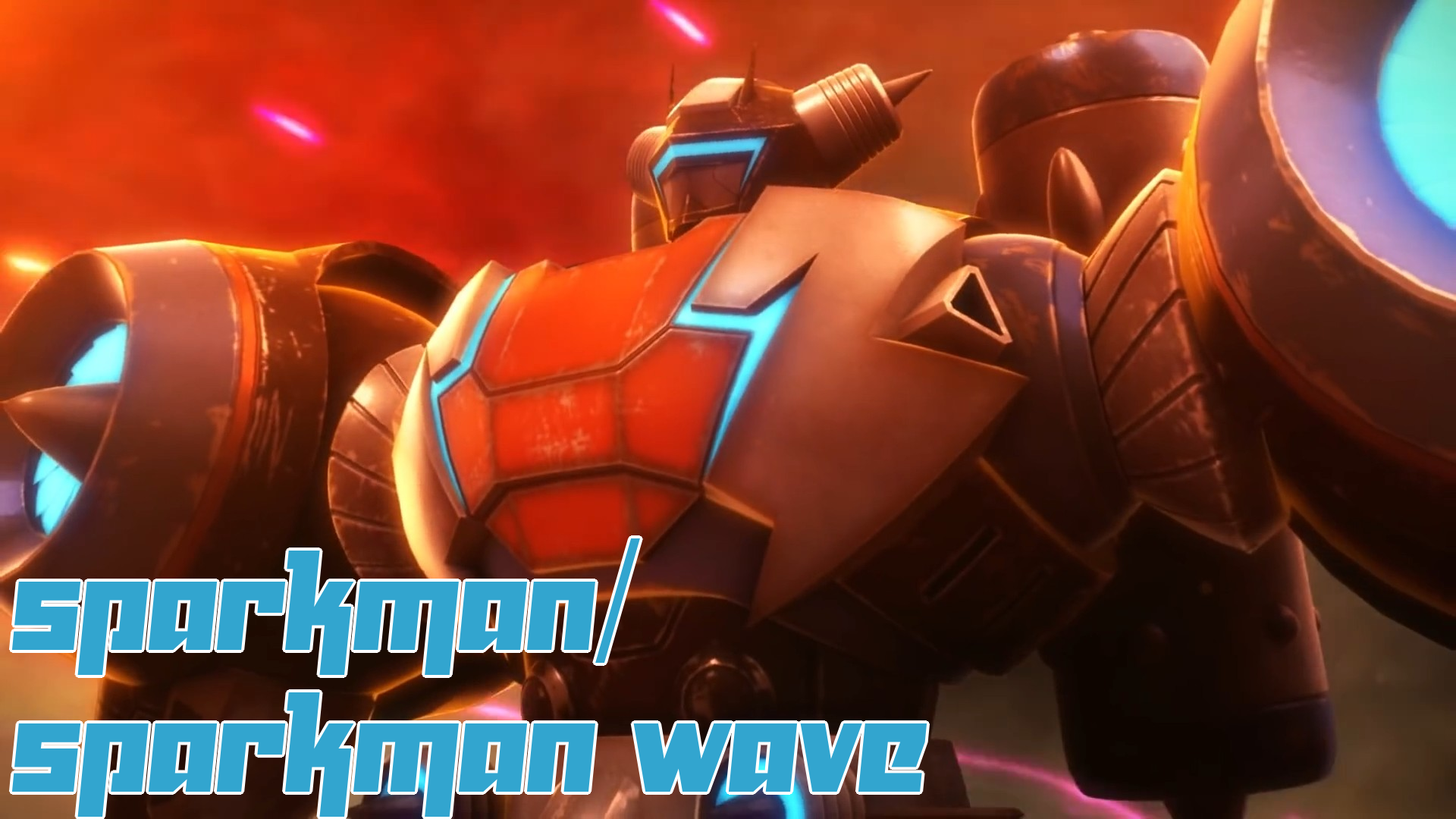
Mecha Profile: Megaton-Class Rogue Sparkman/Sparkman Wave – Megaton-kyuu Musashi
Carrying the weight of both worlds in his arms, Teru set out to protect the world where his loved one lives. He heads to battle in an electrifying Megaton-class: the Sparkman.

Mecha Profile: Megaton-Class Rogue Gaudia/Gaudia Armored – Megaton-kyuu Musashi
Power overwhelming. The tanky brawler from the hood is here to protect! Ryugo Hijikata – a rough but kind-hearted boy – pilot his Megaton-class into battle – the Gaudia.
